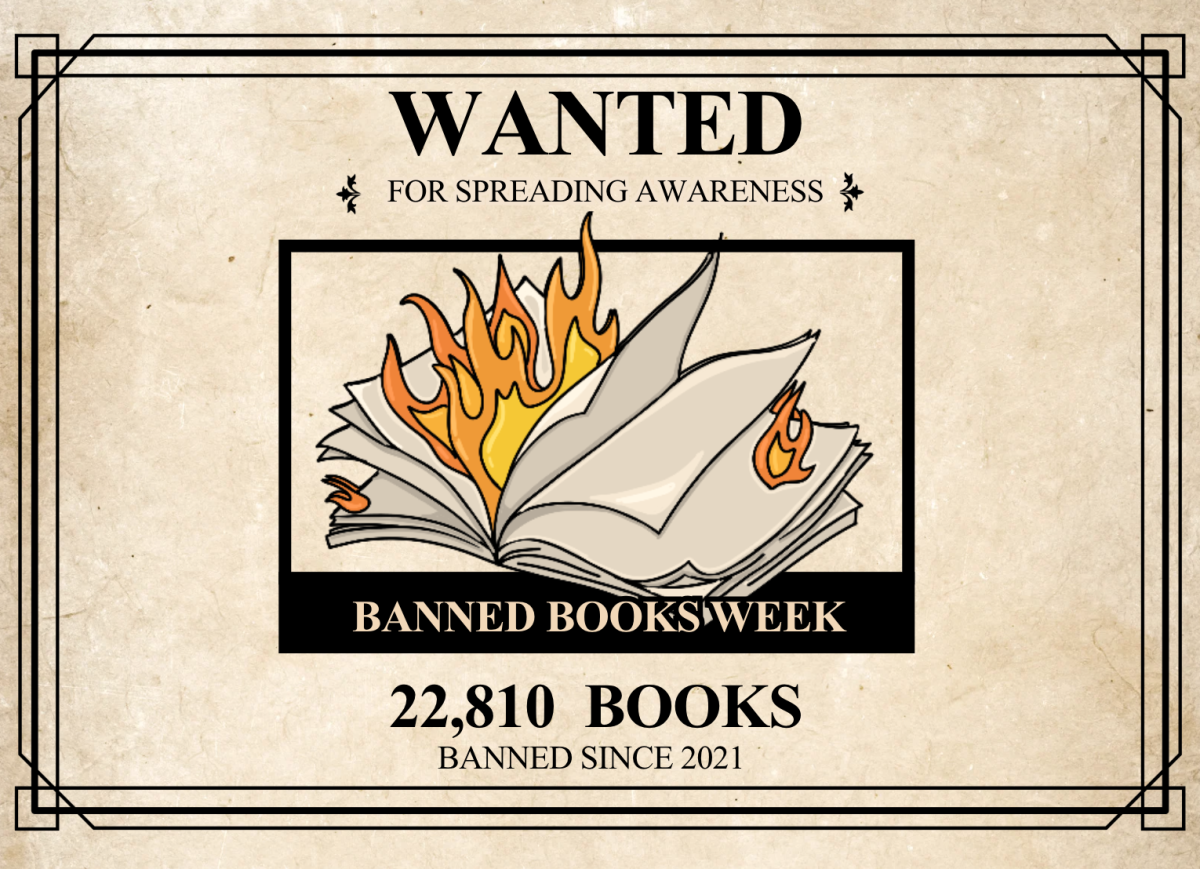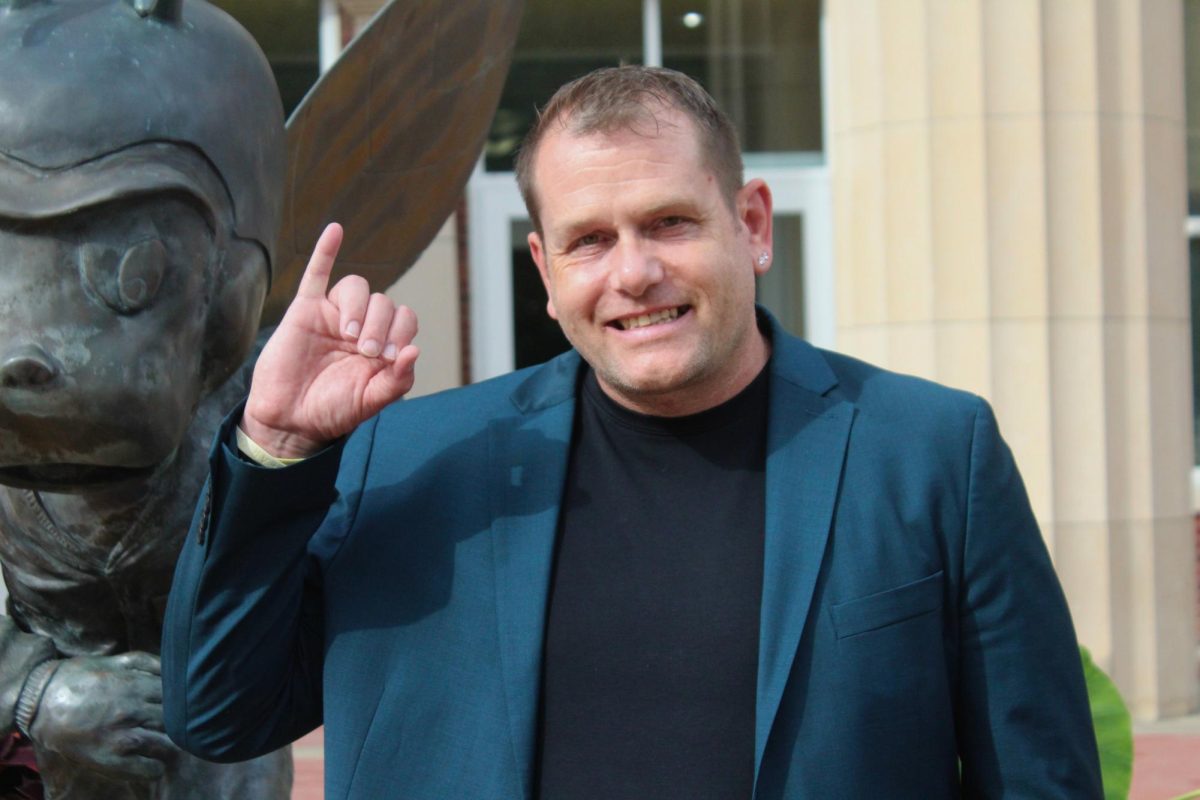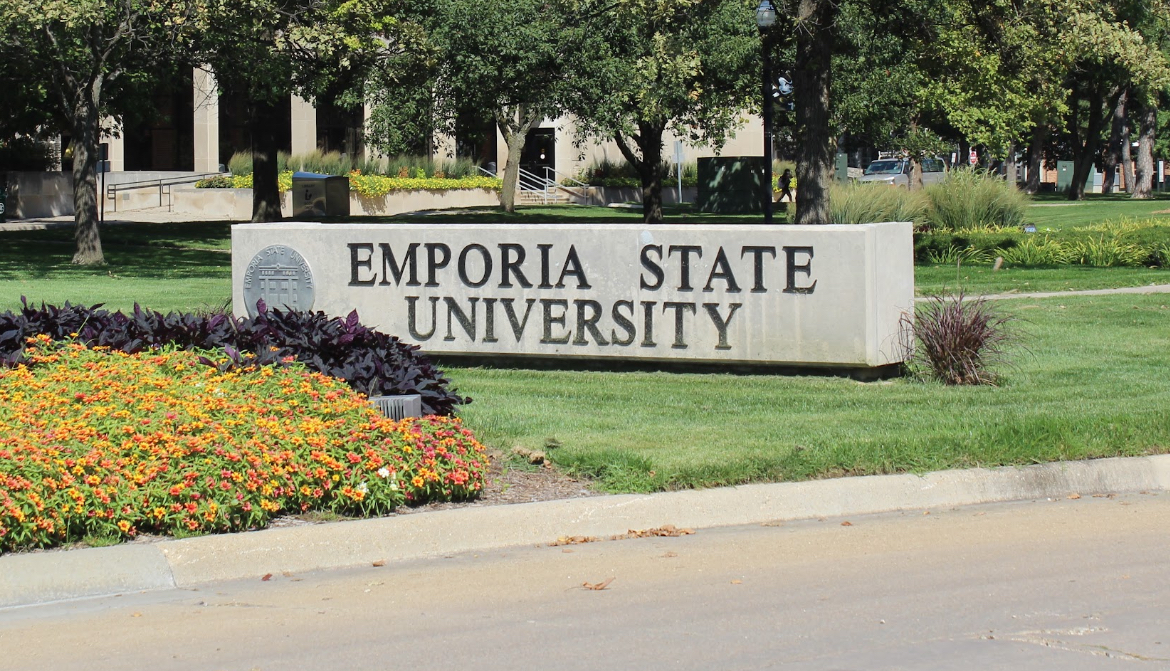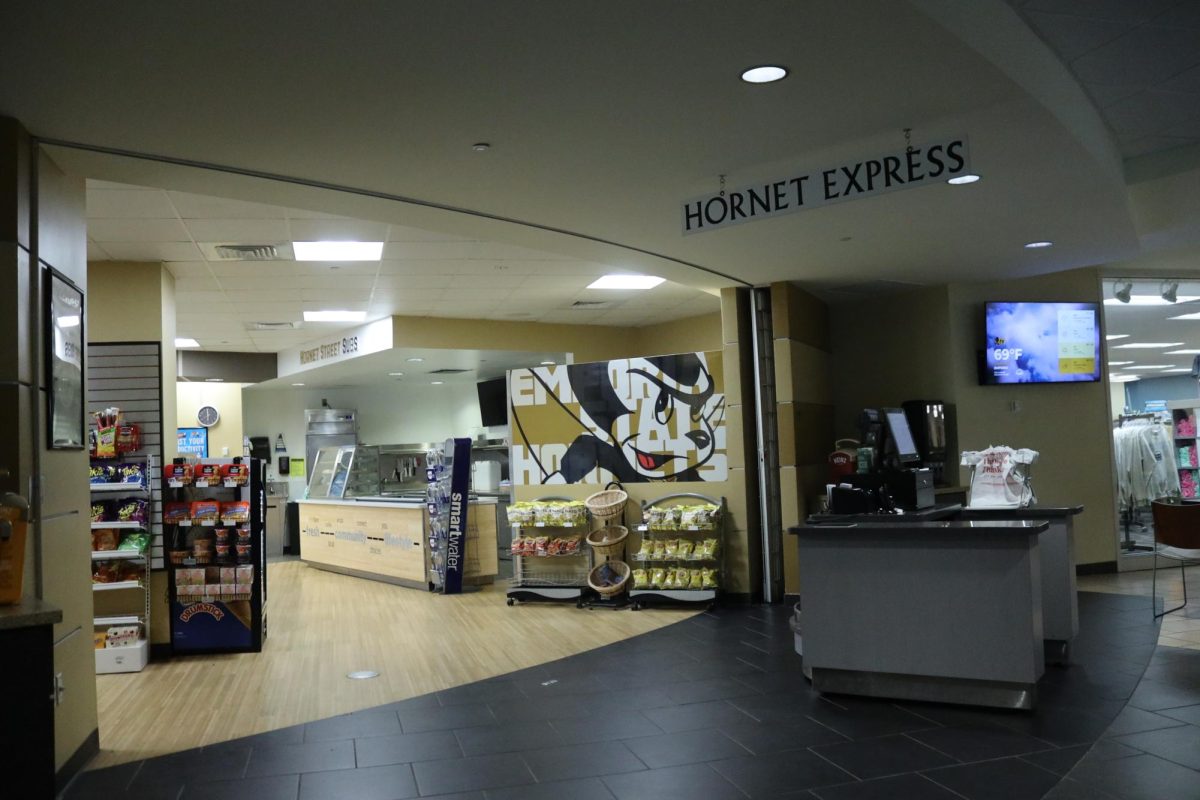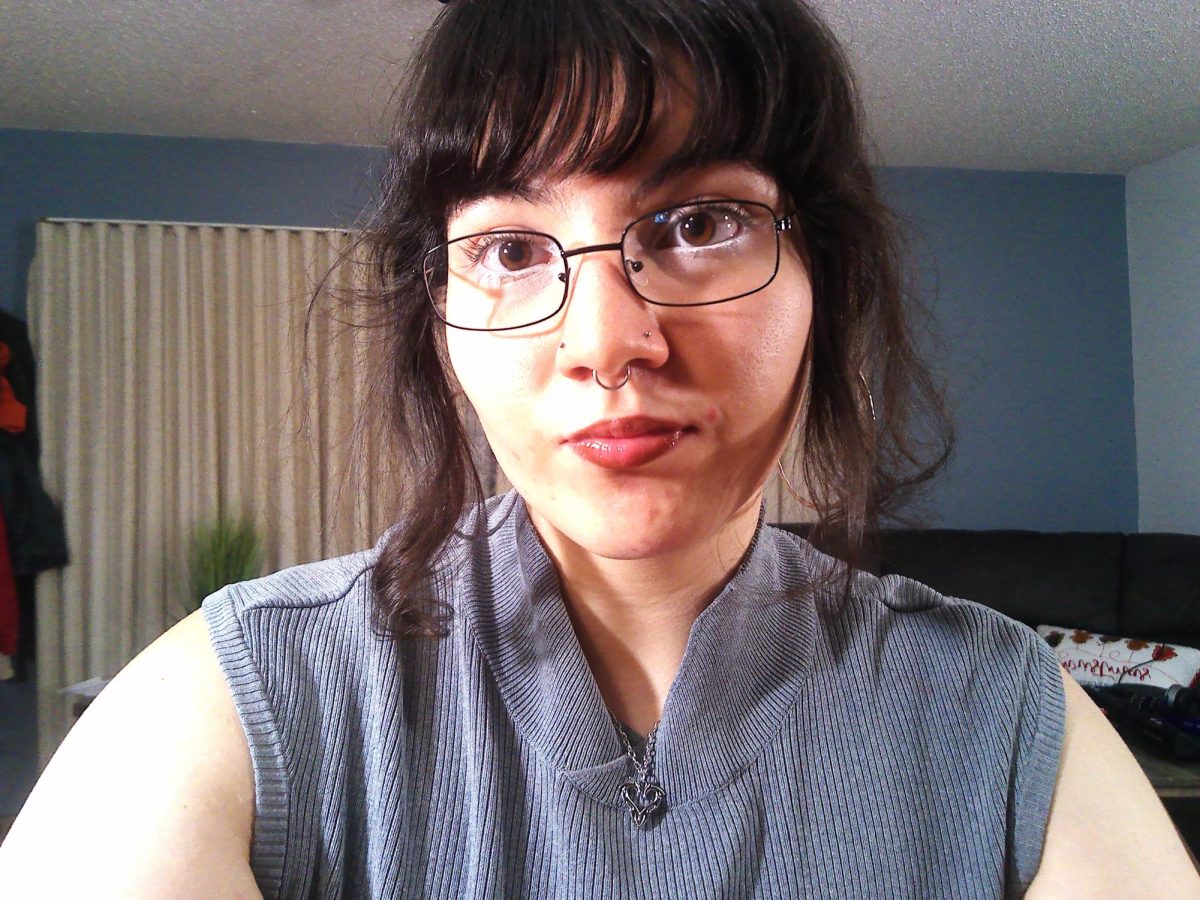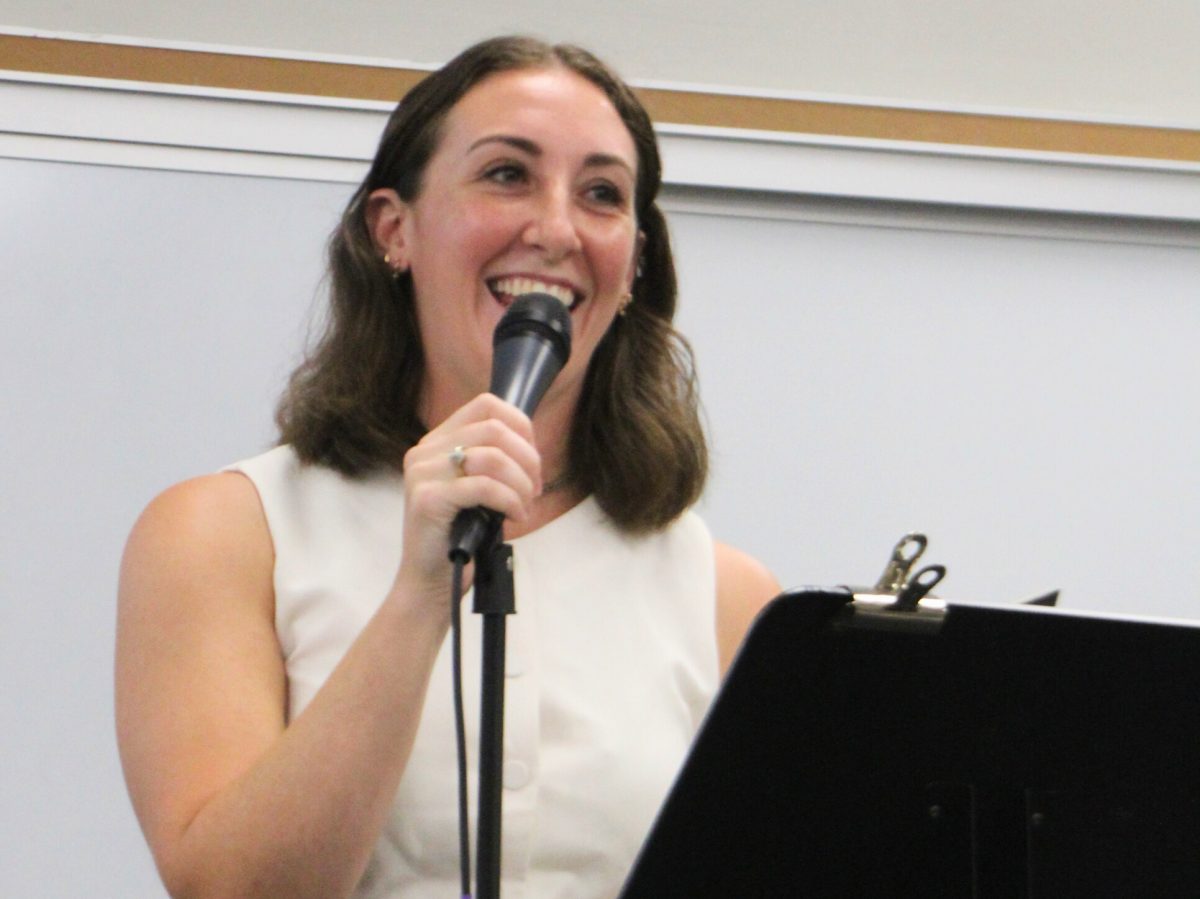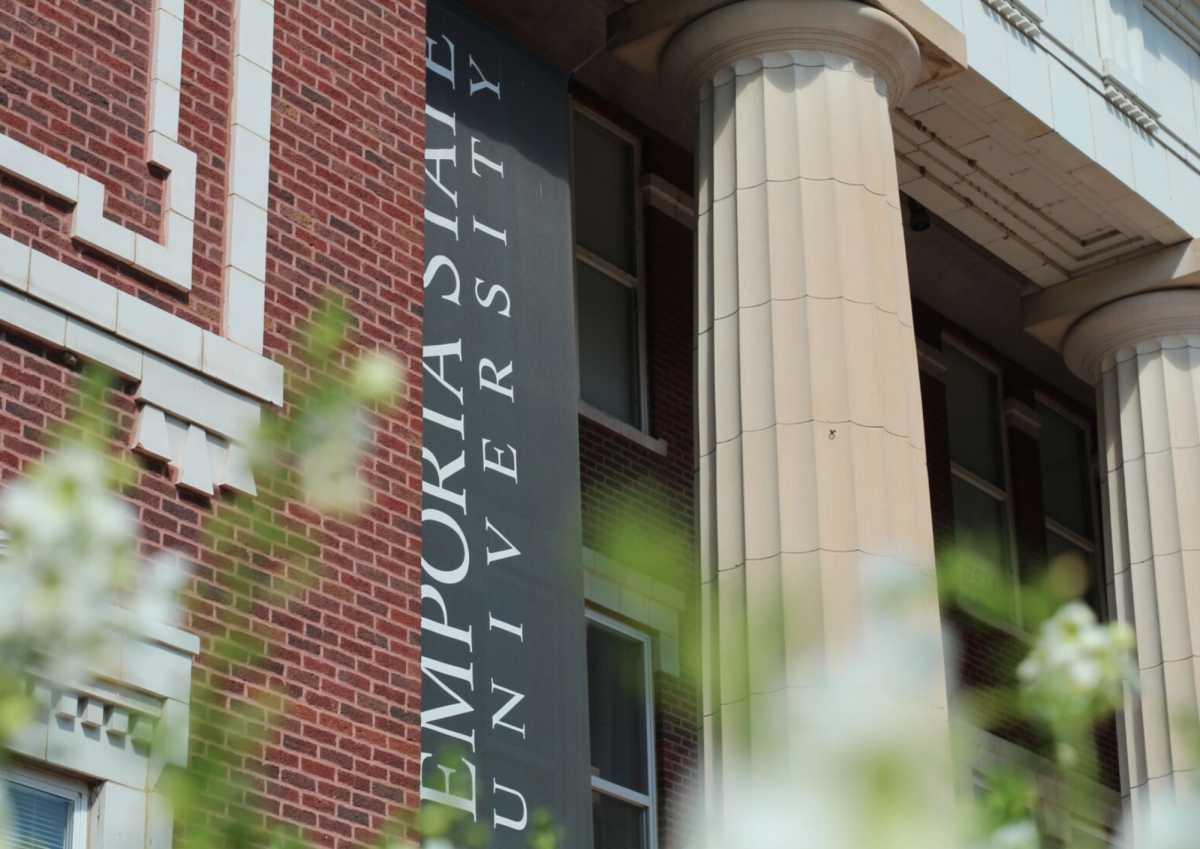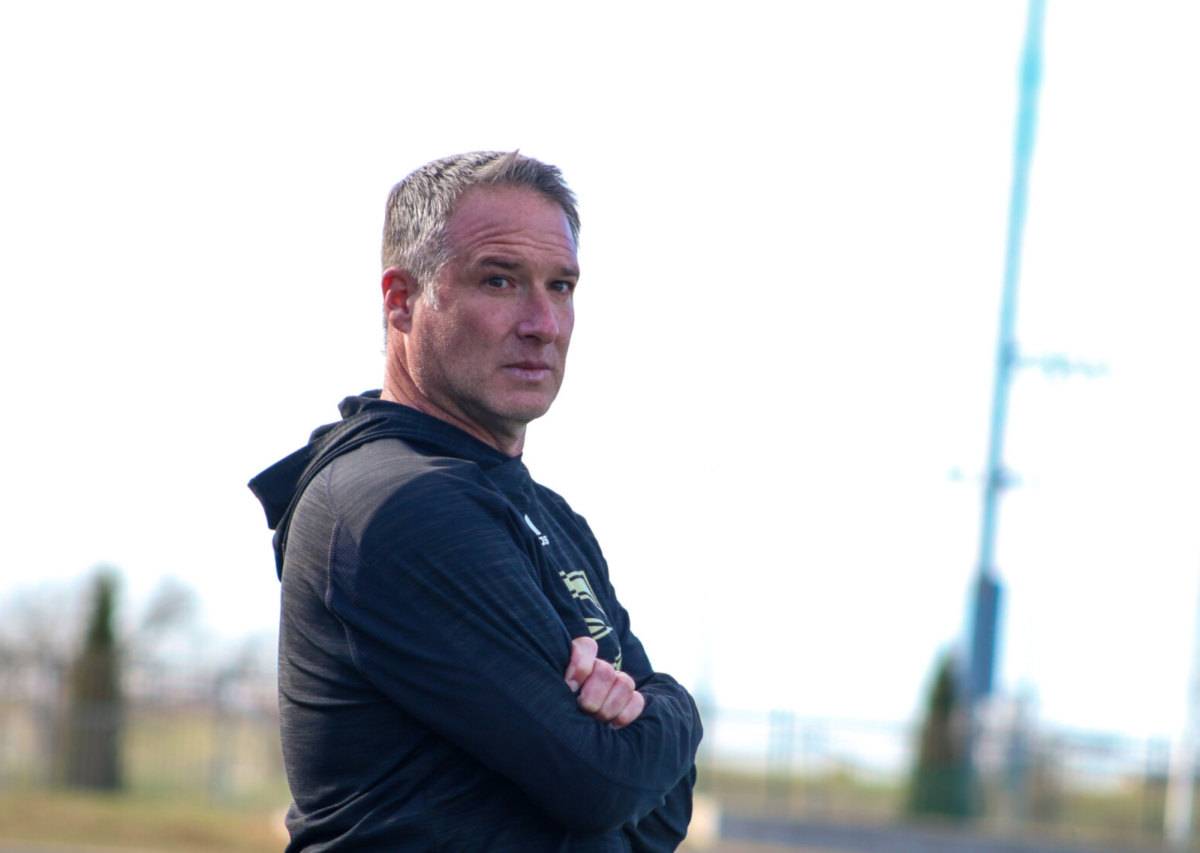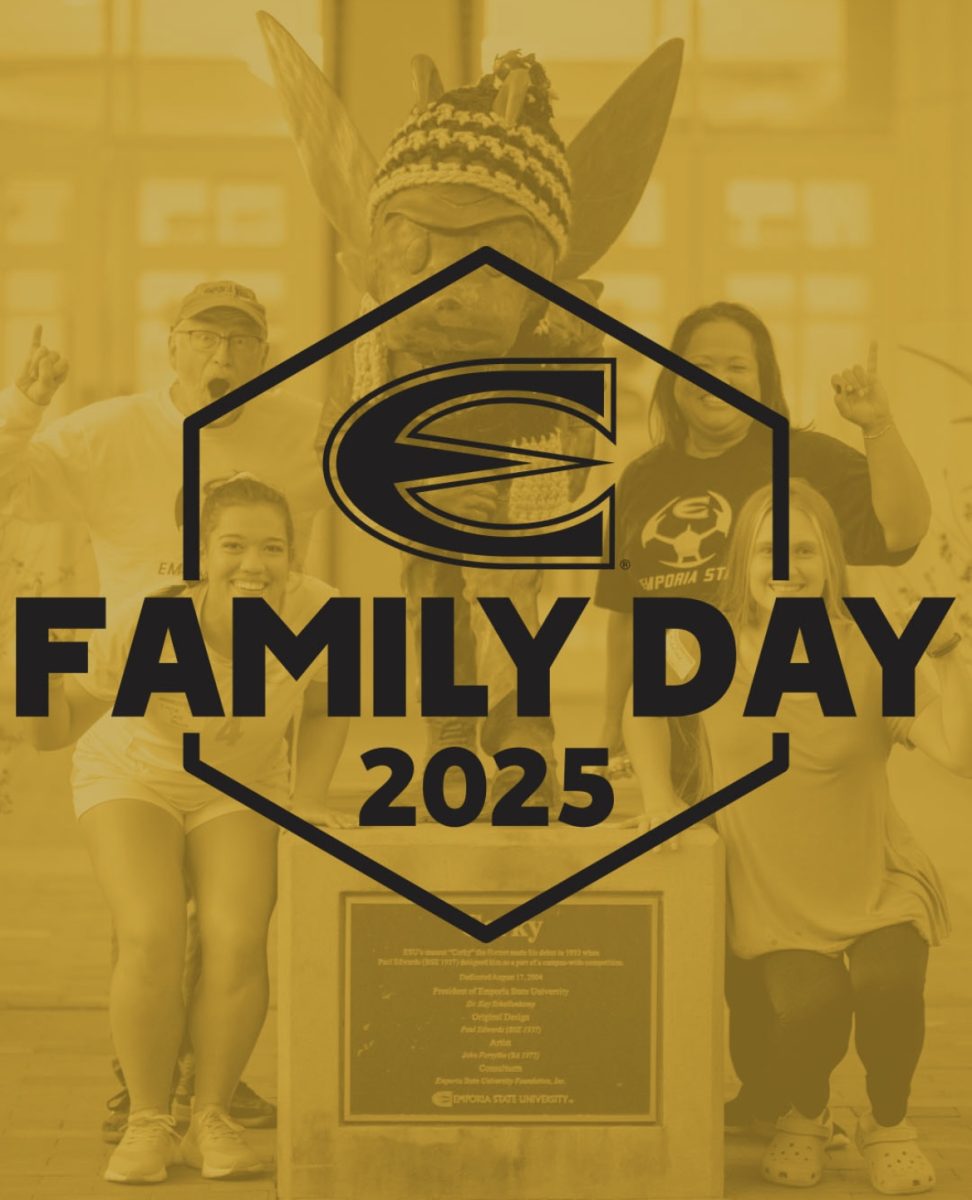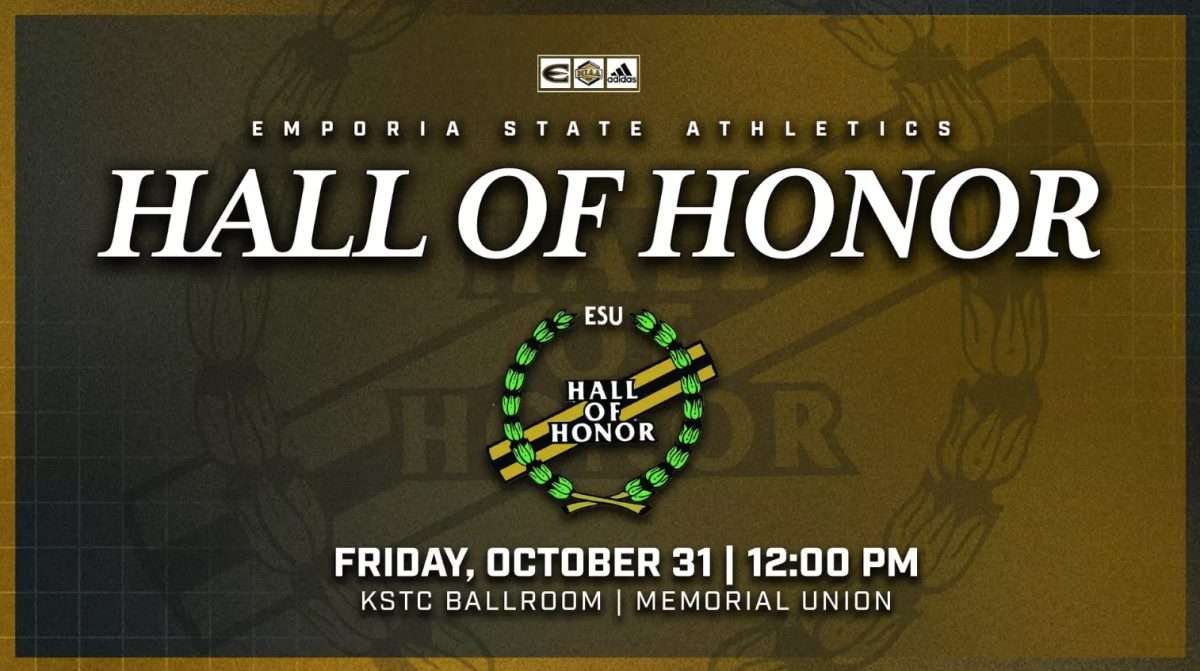“My movie is born first in my head, dies on paper; is resuscitated by the living persons and real objects I use, which are killed on film but, placed in a certain order and projected on to a screen, come to life again like flowers in water.”
When asked about the role of editing in filmmaking, professor of english at Emporia State and former Poet Laureate of Kansas Dr. Kevin Rabas points to this quote by screenwriter and director Robert Bresson. He says that editing is “the last stop as the train moves forward, and that stop determines everything.”
After collaborating with multiple groups of students on the post production of several short films, Dr. Rabas submitted them to the Old Times Not Forgotten Film Festival: “Alicia and the Petroglyphs” edited by Brooke Weiss and Emma Laskarzewski; “Kerry’s 200,” edited by Hannah Stubenhoffer-May and now-ESU graduate Kennedy Eyberg; and “Napkins” a film directed by theatre education student Logan Trask through the E-Ventures program with script supervision from Rabas. Rabas shot both “Alicia and the Petroglyphs” and “Kerry’s 200.”
The films, alongside one film contributed by ESU alumna Lucas Coble and a work of Rabas’ own, were shown at the festival Jan. 18 and Jan. 19.
“Alicia and the Petroglyphs” presents an interview with Dr. Rabas’ sister Alicia Styles, who works for the Bureau of Land Management. In the film, Styles discusses life in Pioche, Nevada and the preservation of the Paiute petroglyphs at Basin and Range National Monument. The petroglyphs are markings left on the rocks by Paiute Indigenous peoples, with the carvings often taking human or animal form.
Weiss, whose first experience in film editing was on “Alicia and the Petroglyphs,” detailed her experience with the difficulties and rewards of editing the film.
“One of the first things we did that I realized that was a little bit more challenging than it looks is figuring out what to include in a relatively short project and what not to include,” said Weiss, “because sifting through that footage did take a while, but that honestly ended up being one of my favorite parts.”
Rabas says he believes in giving students creative license. During the editing of “Alicia and the Petroglyphs,” Weiss and Laskarzewski made a unique choice he suggests paid off.
“Brooke and Emma decided to focus on my sister’s [Alicia’s] daughter and show this kid’s view of Pioche, Nevada, that, for me, was kind of a B plot and it didn’t have to be included,” he said. “At the film festival that’s been at people ooh and ah, and find it precious, that little Autumn, who’s like nine, tells her own story. And so Brooke and Emma decided to elevate that part of the footage, and it was a good idea.”
Weiss noted that while she and Laskarzewski consulted with Rabas during the editing process, a large part of the film was on both she and Laskarzewski.
“It definitely helped to consult with Dr. Rabas about, what exactly are we trying to say, the story we’re trying to tell here,” she said. “He did give us a lot of freedom, though, being the directors, and so that was the first time I was like, ‘oh, okay, well, this is kind of on me now.’”
“We’ve only been doing film for about two or two and a half years, however you count it, […] and already we got five (films) into a film festival a couple months ago,” Rabas said. “So I think our efforts are paying off. You know, the efforts of Interim Dean Professor Webb Baza, the efforts of a few folks before her, the efforts of Donald Reichardt, our donor, who’s going to have a ribbon cutting on Valentine’s Day slash Founders Day. It’s a dream come true.”
All of the ESU films are available on YouTube and/or FilmFreeway.

